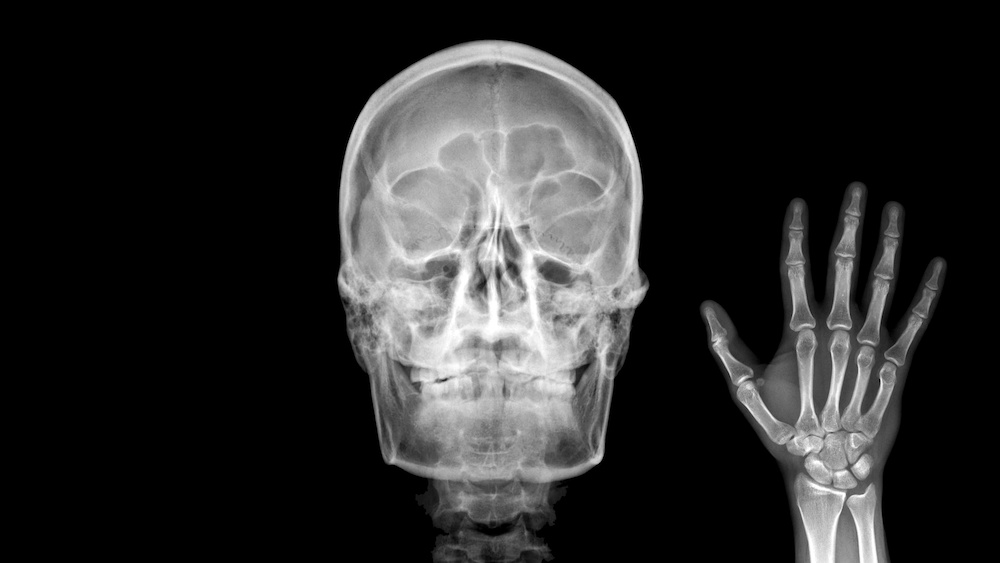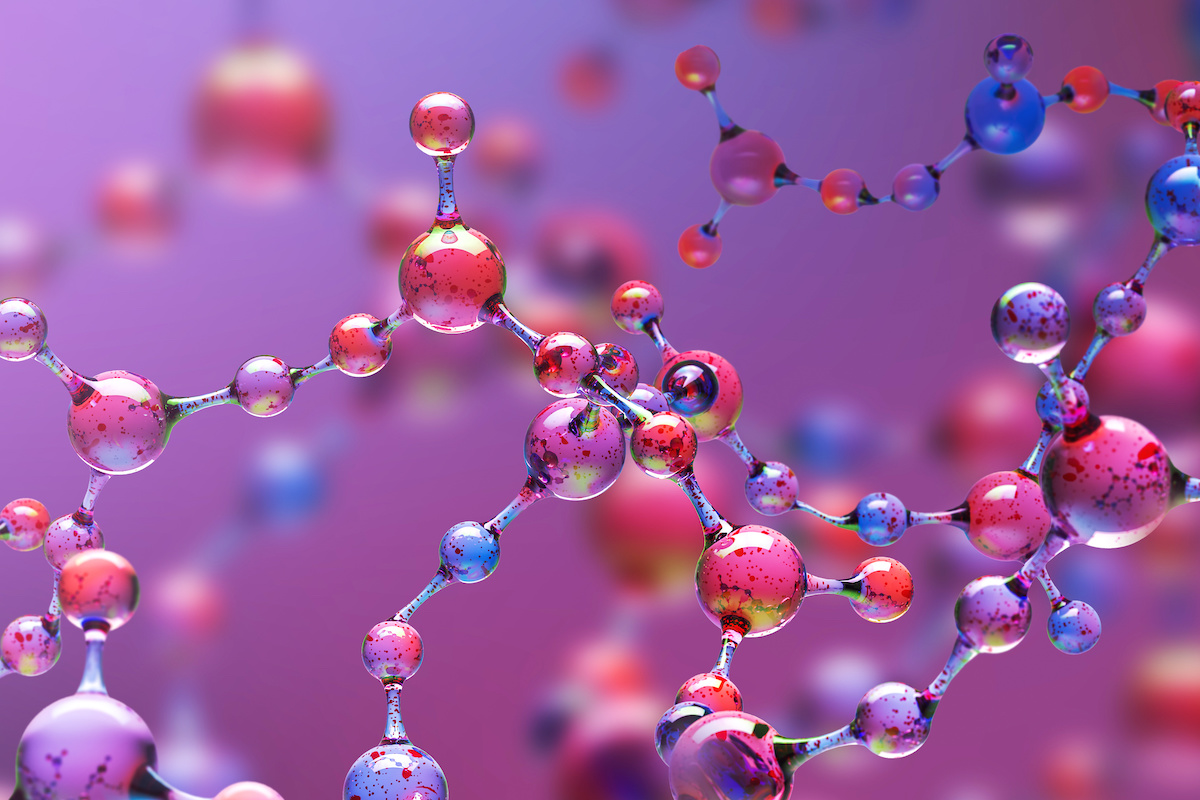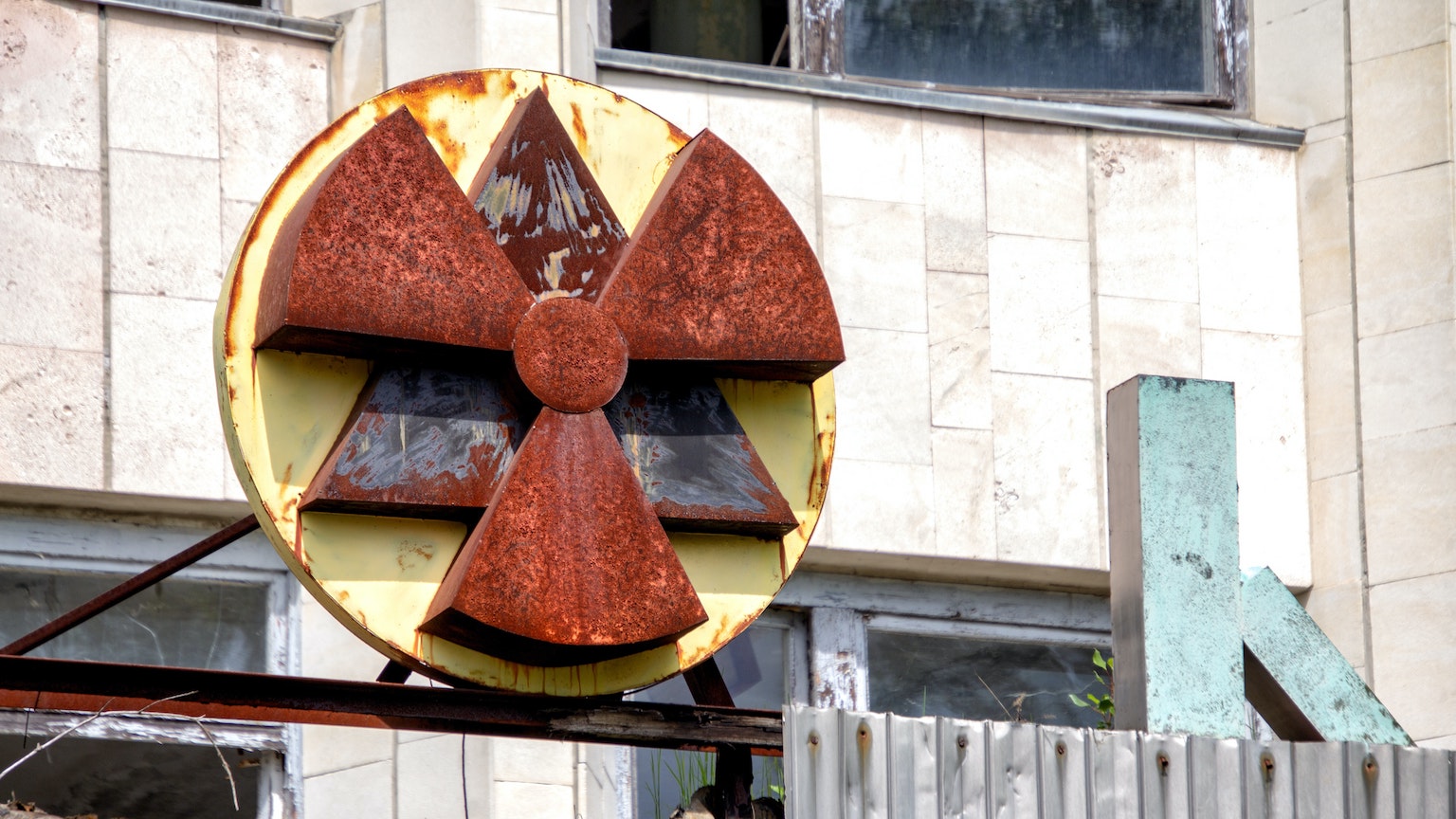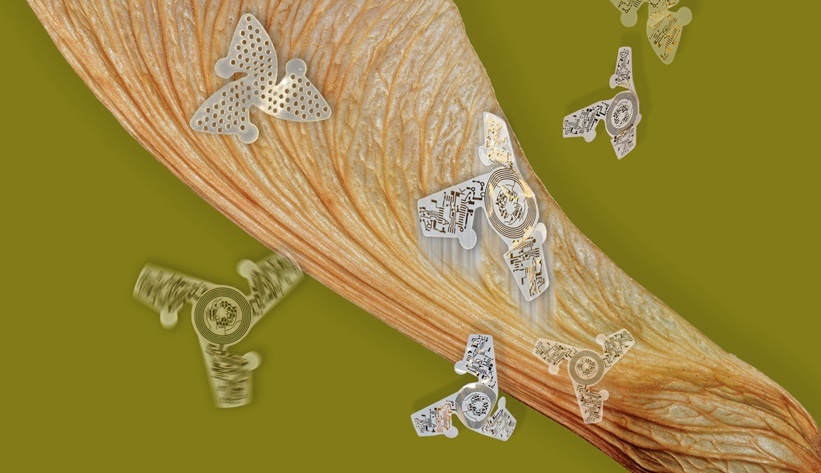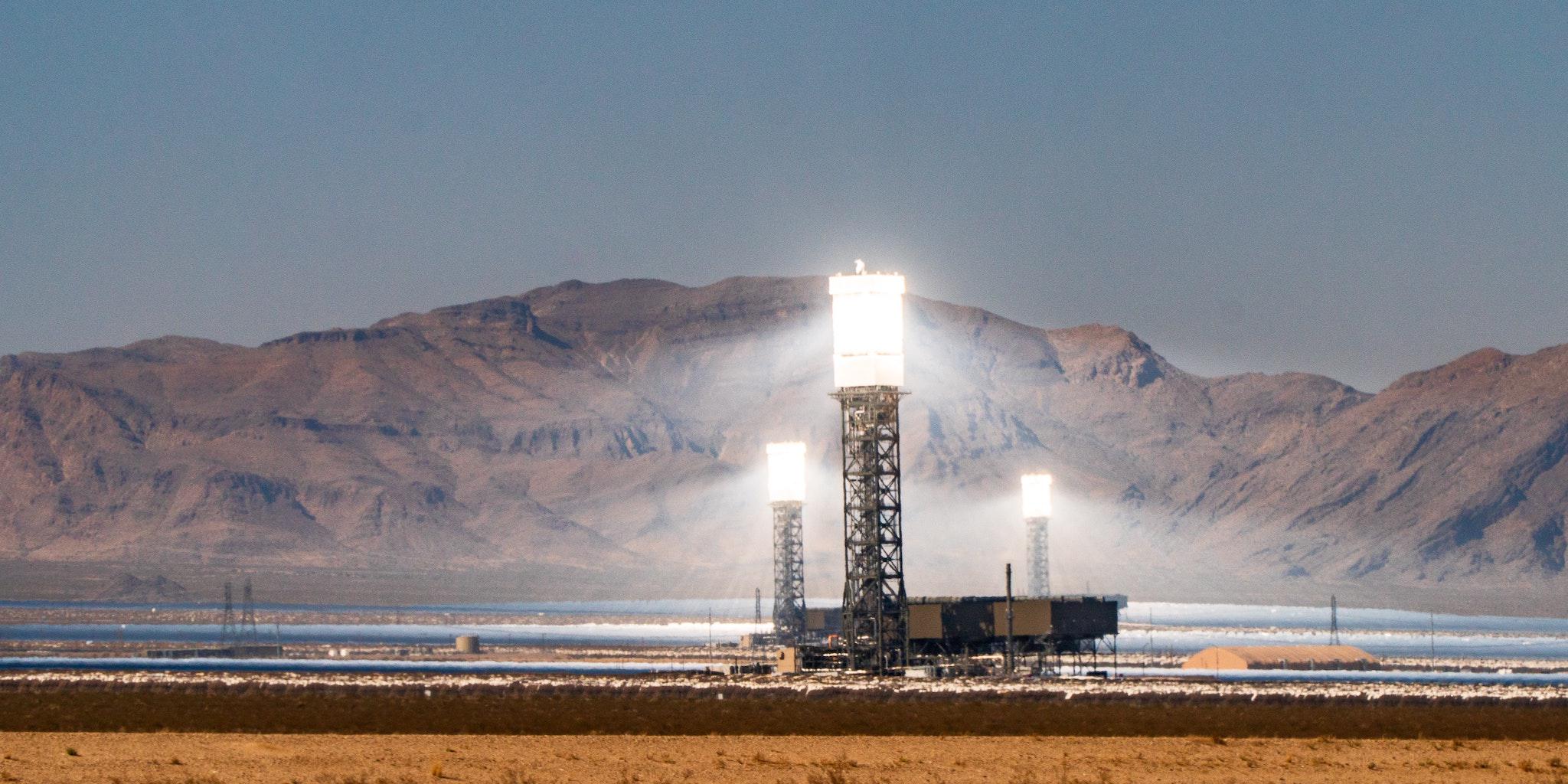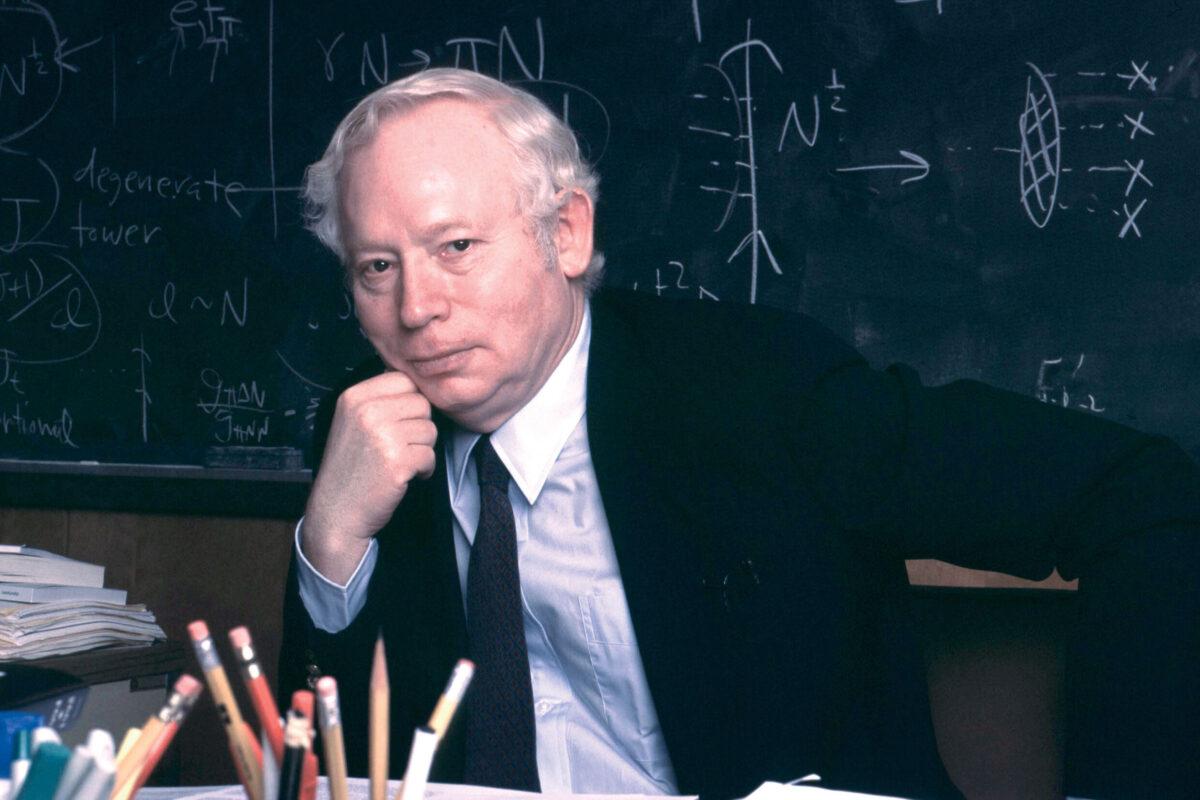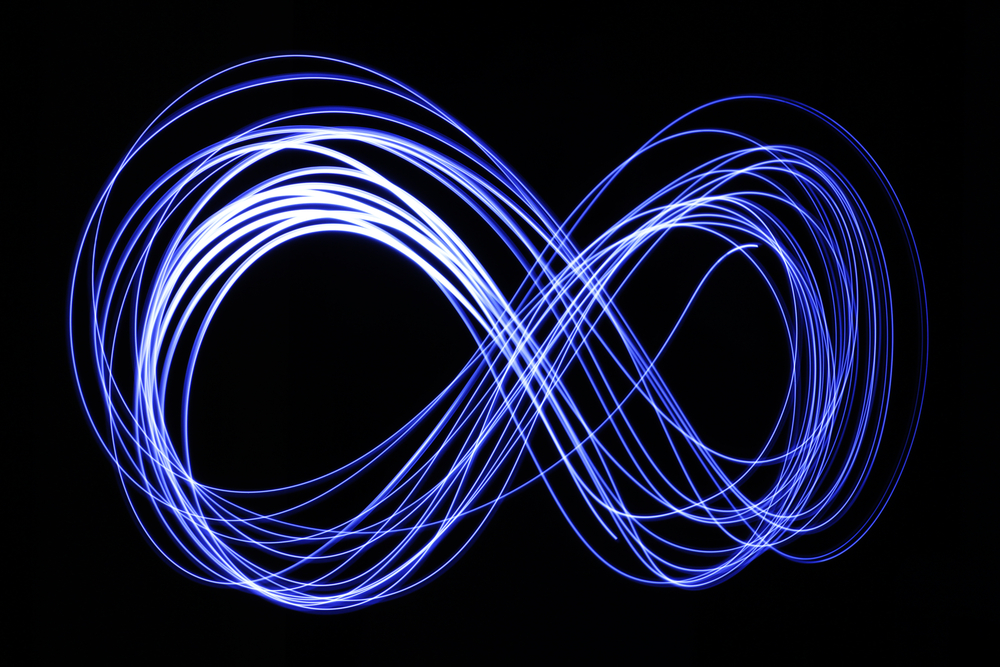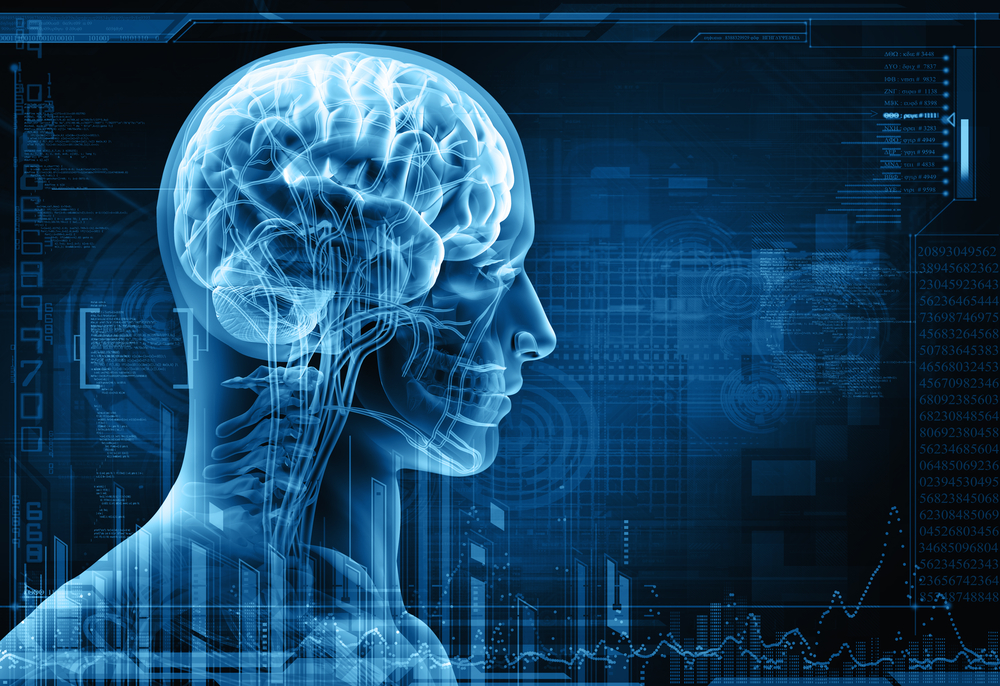Tom Hartsfield
Big Think Contributor
Tom Hartsfield is a PhD physicist. He lives in Los Alamos, New Mexico.
A recent study overviews the thinnest X-ray detector ever created.
The Miller-Urey experiment showed that the building blocks of life could form in the primordial soup. But it overlooked one key variable.
Are hardened wood knives and nails coming to a store near you?
Asymmetric organocatalysis is an environmentally friendly way of accelerating chemical reactions and creating specific types of molecules.
The cause of the recent uptick in radiation is unknown, but speculation about another catastrophe at Chernobyl is hyperbolic.
Engineers borrowed the maple tree’s “helicopter” to design tiny, flying microchips, which perform various tasks while in whirling free fall.
In the name of fighting horrific crimes, Apple threatens to open Pandora’s box.
The power tower has superior physics but inferior economics.
Let’s celebrate the progress, but put the cork back in the champagne bottle.
As important as his Nobel Prize-winning technical accomplishments was his ability to communicate to the public.
Why I was prepared to hate The Structure of Scientific Revolutions but ended up loving it.
Be skeptical of any theory that produces the possibility of time travel, particularly if it relies on wormholes. That’s not a theory based on physical reality, but rather fodder for science fiction writers and television shows.
In our material, measurable world, infinity is never a real, physical quantity; it is only an abstraction.
There is a reserve of extra performance that the body can be tricked into accessing in competition.
Do you believe in free will? Some physicists and neuroscientists believe in the opposite proposition: determinism. The mathematics of quantum mechanics have a say in this argument: Determinism is impossible […]
There is simply no way that a comprehensive human brain simulation will be feasible in the near future.
